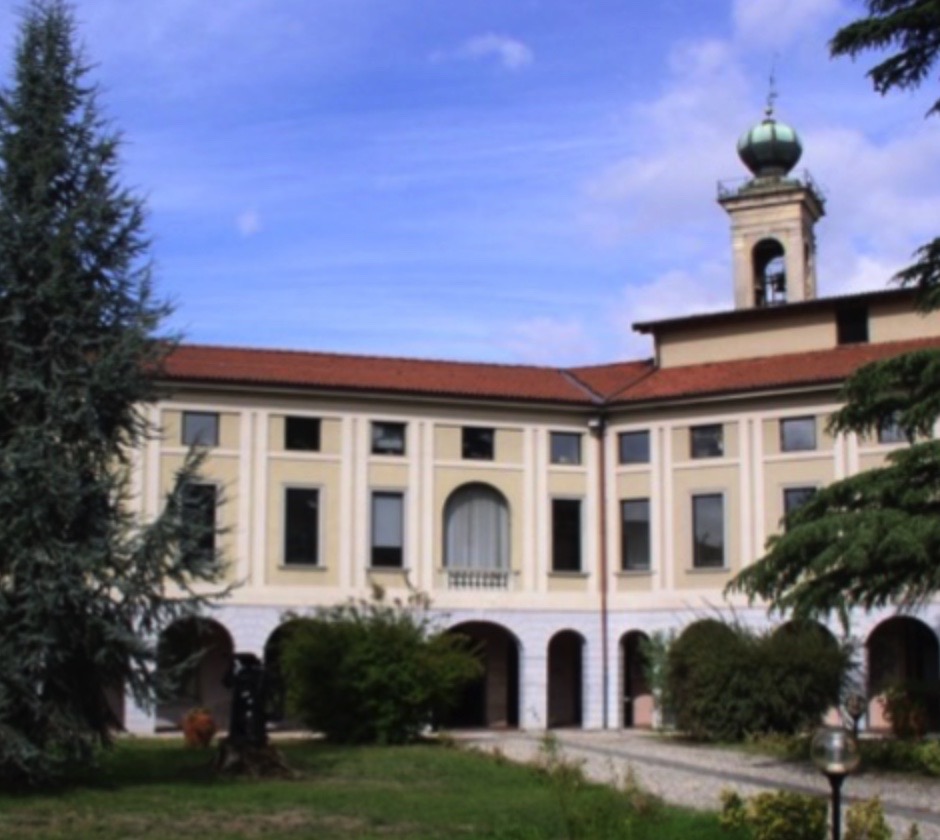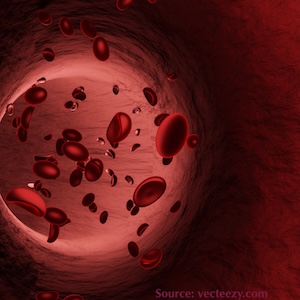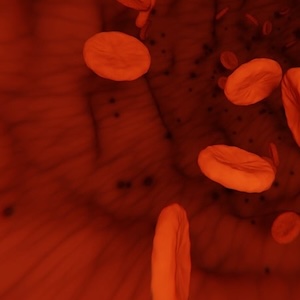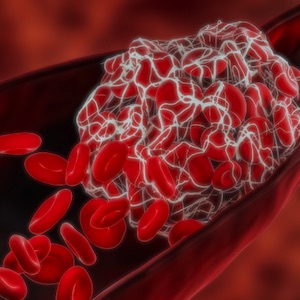Reviews
Vol. 4 No. 2 (2025)
Hemostasis and the kidney: an unforeseen initial opportunity to create a small research group that grew into an institute

Publisher's note
All claims expressed in this article are solely those of the authors and do not necessarily represent those of their affiliated organizations, or those of the publisher, the editors and the reviewers. Any product that may be evaluated in this article or claim that may be made by its manufacturer is not guaranteed or endorsed by the publisher.
All claims expressed in this article are solely those of the authors and do not necessarily represent those of their affiliated organizations, or those of the publisher, the editors and the reviewers. Any product that may be evaluated in this article or claim that may be made by its manufacturer is not guaranteed or endorsed by the publisher.
Published: 30 June 2025
362
Views
92
Downloads
Similar Articles
- Roger Lijnen, Désiré Collen, The key to fibrinolysis and thrombolysis , Bleeding, Thrombosis and Vascular Biology: Vol. 4 No. 3 (2025)
- Alice Lipari, Esmeralda Capristo, Antonietta Ferretti, Erica De Candia, Anticoagulation in obese patients: challenges and strategies , Bleeding, Thrombosis and Vascular Biology: Vol. 4 No. 3 (2025)
- Guest Editor: Valerio De Stefano, 29th National Conference of the Italian Society for the Study of Hemostasis and Thrombosis, 2025 , Bleeding, Thrombosis and Vascular Biology: Vol. 4 No. s1 (2025)
- Paolo Simioni, Vittorio Pengo, Paolo Prandoni, Thrombosis and hemostasis at the University of Padua: a reappraisal on the occasion of its 800th year of history , Bleeding, Thrombosis and Vascular Biology: Vol. 1 No. 3 (2022)
- PO53 | Effectiveness and safety of DOACS in patients with renal transplantation , Bleeding, Thrombosis and Vascular Biology: Vol. 4 No. s1 (2025)
- PO79 | Trying to hit the hit in the shadow of renal failure: a complex case managed with danaparoid , Bleeding, Thrombosis and Vascular Biology: Vol. 4 No. s1 (2025)
- Augusto Di Castelnuovo, The evolution of hemostasis genetics: from monogenic disorders to complex traits. A historical perspective , Bleeding, Thrombosis and Vascular Biology: Vol. 4 No. 2 (2025)
- Silvia Cardi, Filippo Catalani, Luca Valerio, Stefano Barco, From rare to aware: confronting Lemierre syndrome , Bleeding, Thrombosis and Vascular Biology: Vol. 3 No. 3 (2024)
- Marco P. Donadini, Walter Ageno, Milvexian and other drugs targeting Factor XI: a new era of anticoagulation? , Bleeding, Thrombosis and Vascular Biology: Vol. 1 No. 1 (2022)
- Marcello Di Nisio, Matteo Candeloro, Nicola Potere, Ettore Porreca, Jeffrey I. Weitz, Factor XI inhibitors: a new option for the prevention and treatment of cancer-associated thrombosis , Bleeding, Thrombosis and Vascular Biology: Vol. 3 No. s1 (2024)
1-10 of 213
Next
You may also start an advanced similarity search for this article.










